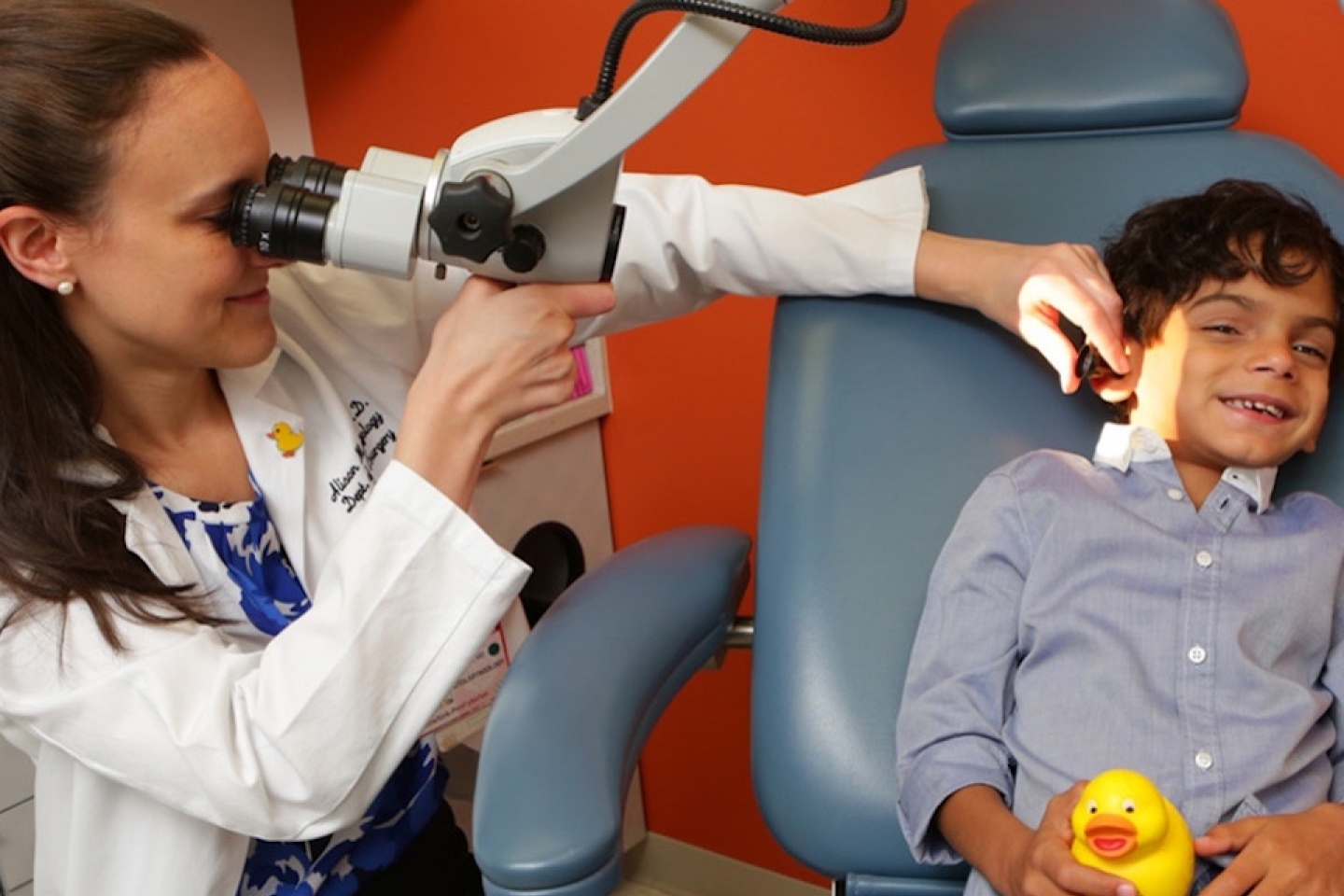
You ask people to repeat themselves. The television gets louder. Conversations blur in noisy places. These don’t feel like symptoms. They feel like annoyances. But they build. And eventually, they lead you to an ENT—an otolaryngologist—who listens for the things you didn’t think to say.
They ask not just what you can’t hear, but when and where it happens
ENTs don’t begin with hearing aids. They begin with context. Does it happen in crowds? On phone calls? Is one ear worse? When did it begin? They’re mapping not just hearing—but how sound moves through your life. The answers shape direction more than audiograms do.
Audiologists test frequencies, thresholds, and clarity to form a profile of your hearing pattern
Hearing loss isn’t a number. It’s a shape. Some patients lose high tones. Others lose speech recognition. You sit in a booth. Press buttons. Repeat words. The graph shows dips and curves. It doesn’t diagnose cause. But it points the ENT toward the next step.
They examine your ears for mechanical problems you can’t feel or detect yourself
Wax buildup. Eardrum retraction. Fluid behind the tympanic membrane. These aren’t painful. But they muffle sound. ENTs use scopes. Otomicroscopy. Tympanometry. What you thought was age could be blockage. What felt like fading might be pressure. The fix may not be what you assumed.
Imaging may follow if inner ear or nerve involvement is suspected
Not all hearing loss is middle ear related. ENTs may order MRI or CT. Tumors like acoustic neuromas grow silently. Congenital anomalies hide until adulthood. Vascular issues impact nerve signals. Imaging isn’t routine. But when used, it answers questions hearing tests can’t.
Sudden hearing loss gets urgent attention because timing shapes recovery
One day you hear. The next day, you don’t. This isn’t aging. It’s an emergency. ENTs act fast. Steroids. Antivirals. Pressure equalization. The window is short. Delay costs recovery. Sudden hearing loss isn’t common—but when it happens, speed matters more than certainty.
Treatment options depend more on cause than on severity alone
ENTs don’t treat all losses the same. Conductive loss? Maybe surgery. Sensorineural? Often permanent. Mixed loss combines both. Some patients improve with tubes. Others with stapedectomy. Some get no restoration—but better coping strategies. The path depends on why, not just how much.
Tinnitus often walks alongside hearing loss but demands its own separate evaluation
Ringing in the ears. Buzzing. Hissing. It arrives quietly but stays loud. ENTs explore medications, hearing aids with masking, CBT, dietary triggers. Tinnitus isn’t always fixable—but it’s manageable. Often, it’s a sign of underlying loss—sometimes the first sign before volume even fades.
Hearing aids restore more than sound—they rebuild daily function and social connection
Modern aids aren’t just amplifiers. They adapt to environments. Filter noise. Link to phones. ENTs guide selection. Behind-the-ear? In-the-canal? Rechargeable? Your hearing profile shapes the recommendation. The fitting matters as much as the tech. This isn’t about loudness. It’s about clarity, and confidence.
Cochlear implants come into the conversation when hearing aids aren’t enough
Profound loss. Minimal speech recognition. Little benefit from aids. ENTs and audiologists coordinate implants. Electrodes bypass damaged cells. The brain learns new signals. It’s surgery, but not invasive. The process involves mapping. Programming. Follow-up therapy. It’s not the first option—but it changes lives when used properly.
Balance testing might appear if hearing loss comes with dizziness or vertigo
Ears do more than hear. They stabilize you. Vestibular dysfunction mimics ear problems. ENTs test nystagmus. Gait. Eye response. Loss and balance often intertwine. Sometimes it’s Ménière’s. Sometimes it’s BPPV. Treating one improves the other. Managing hearing means managing orientation, too.
Children’s hearing loss involves different timelines, milestones, and treatments
A child not responding to sound may be overlooked. Speech delay becomes the first sign. ENT support includes newborn screenings, tympanograms, ABRs. Ear tubes may restore hearing. Some kids need implants. Others need therapy. Pediatric hearing care isn’t reactive—it’s developmental. Missing early input changes everything.
Noise protection becomes part of management, especially when further loss is preventable
Construction. Concerts. Headphones. These don’t just annoy—they injure. ENTs recommend plugs. Filters. Safe listening levels. Prevention follows diagnosis. One ear may still work well. Preserving it becomes the priority. Loss may be irreversible—but progression isn’t. That awareness arrives late for many.
Emotional impact shows up quietly but changes how patients respond to care
Isolation. Frustration. Shame in crowds. Hearing loss isn’t neutral. It shifts identity. ENTs notice withdrawal. They ask gently. They refer when needed. Audiology overlaps with psychology. Coping isn’t just about devices—it’s about adjusting relationships, routines, and self-confidence.
ENTs track hearing over time because change often happens without you realizing it
Annual exams return. Baselines shift. A slight drop at 4000 Hz. Speech scores lower in background noise. These don’t feel obvious. But they mean progression. ENTs adjust treatment. New molds. More power. Referral to therapy. Hearing isn’t static—monitoring must move with it.
Source: Otolaryngology in Dubai / Otolaryngology in Abu Dhabi
